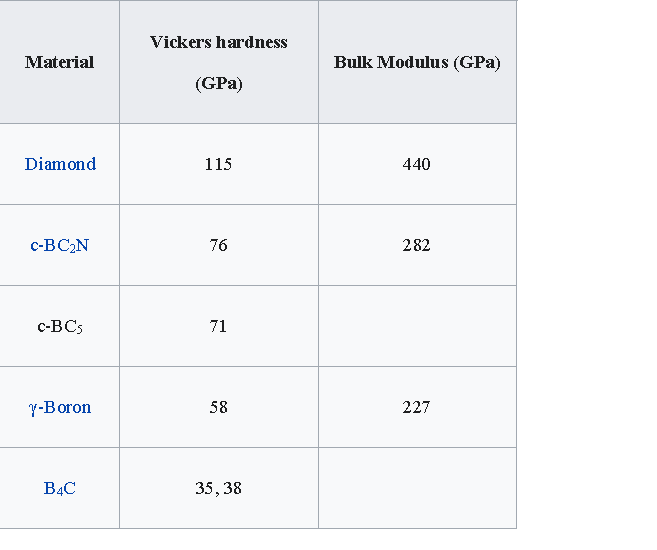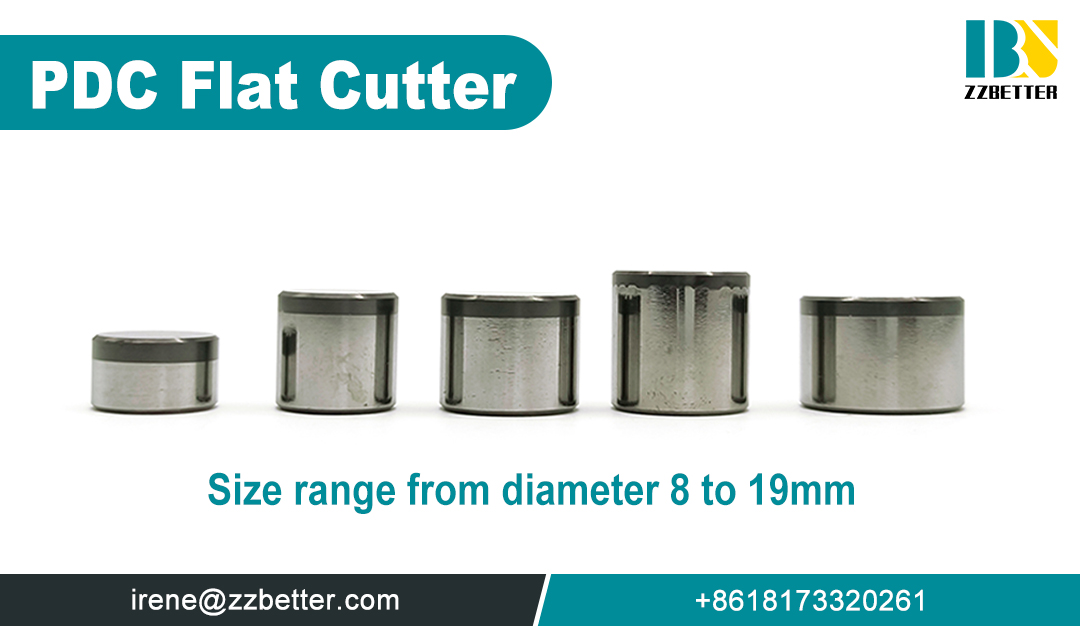Definition of Hardness
Definition of Hardness

In materials science, hardness is a measure of the resistance to localized plastic deformation induced by either mechanical indentation or abrasion. In general, different materials differ in their hardness; for example, hard metals such as titanium and beryllium are harder than soft metals such as sodium and metallic tin, or wood and common plastics. There are different measurements of hardness: scratch hardness, indentation hardness, and rebound hardness.
Common examples of hard matter are ceramics, concrete, certain metals, and superhard materials, which can be contrasted with soft matter.
Main types of hardness measurements
There are three main types of hardness measurements: scratch, indentation, and rebound. Within each of these classes of measurement, there are individual measurement scales.
(1)Scratch hardness
Scratch hardness is the measure of how resistant a sample is to fracture or permanent plastic deformation due to friction from a sharp object. The principle is that an object made of a harder material will scratch an object made of a softer material. When testing coatings, scratch hardness refers to the force necessary to cut through the film to the substrate. The most common test is the Mohs scale, which is used in mineralogy. One tool to make this measurement is the sclerometer.
Another tool used to make these tests is the pocket hardness tester. This tool consists of a scale arm with graduated markings attached to a four-wheeled carriage. A scratch tool with a sharp rim is mounted at a predetermined angle to the testing surface. In order to use it a weight of the known mass is added to the scale arm at one of the graduated markings, and the tool is then drawn across the test surface. The use of the weight and markings allows a known pressure to be applied without the need for complicated machinery.
(2)Indentation hardness
Indentation hardness measures the resistance of a sample to material deformation due to a constant compression load from a sharp object. Tests for indentation hardness are primarily used in engineering and metallurgy. The tests work on the basic premise of measuring the critical dimensions of an indentation left by a specifically dimensioned and loaded indenter.
Common indentation hardness scales are Rockwell, Vickers, Shore, and Brinell, amongst others.
(3)Rebound hardness
Rebound hardness, also known as dynamic hardness, measures the height of the "bounce" of a diamond-tipped hammer dropped from a fixed height onto a material. This type of hardness is related to elasticity. The device used to take this measurement is known as a stereoscope.
Two scales that measure rebound hardness are the Leeb rebound hardness test and the Bennett hardness scale.
The ultrasonic Contact Impedance (UCI) method determines the hardness by measuring the frequency of an oscillating rod. The rod consists of a metal shaft with a vibrating element and a pyramid-shaped diamond mounted on one end.
Vickers hardness of selected hard and superhard materials

Diamond is the hardest known material to date, with a Vickers hardness in the range of 70–150 GPa. Diamond demonstrates both high thermal conductivity and electrically insulating properties, and much attention has been put into finding practical applications for this material.
Synthetic diamonds have been produced for industrial purposes since the 1950s and are used in a wide variety of applications: telecommunications, laser optics, health care, cutting, grinding and drilling, etc. Synthetic diamonds are also the key raw material for PDC cutters.

If you are interested in PDC cutters and want more information and details, you can CONTACT US by phone or mail at the left, or SEND US MAIL at the bottom of the page.





















